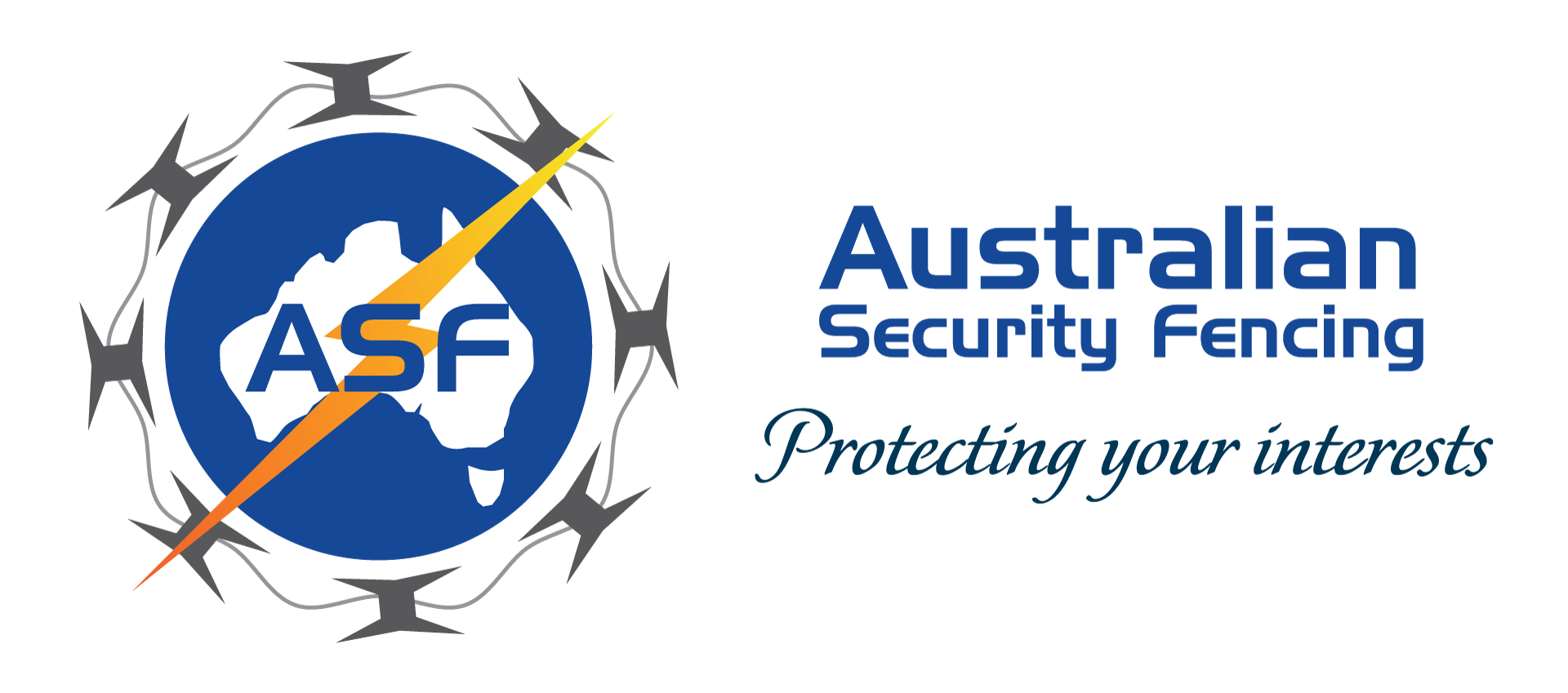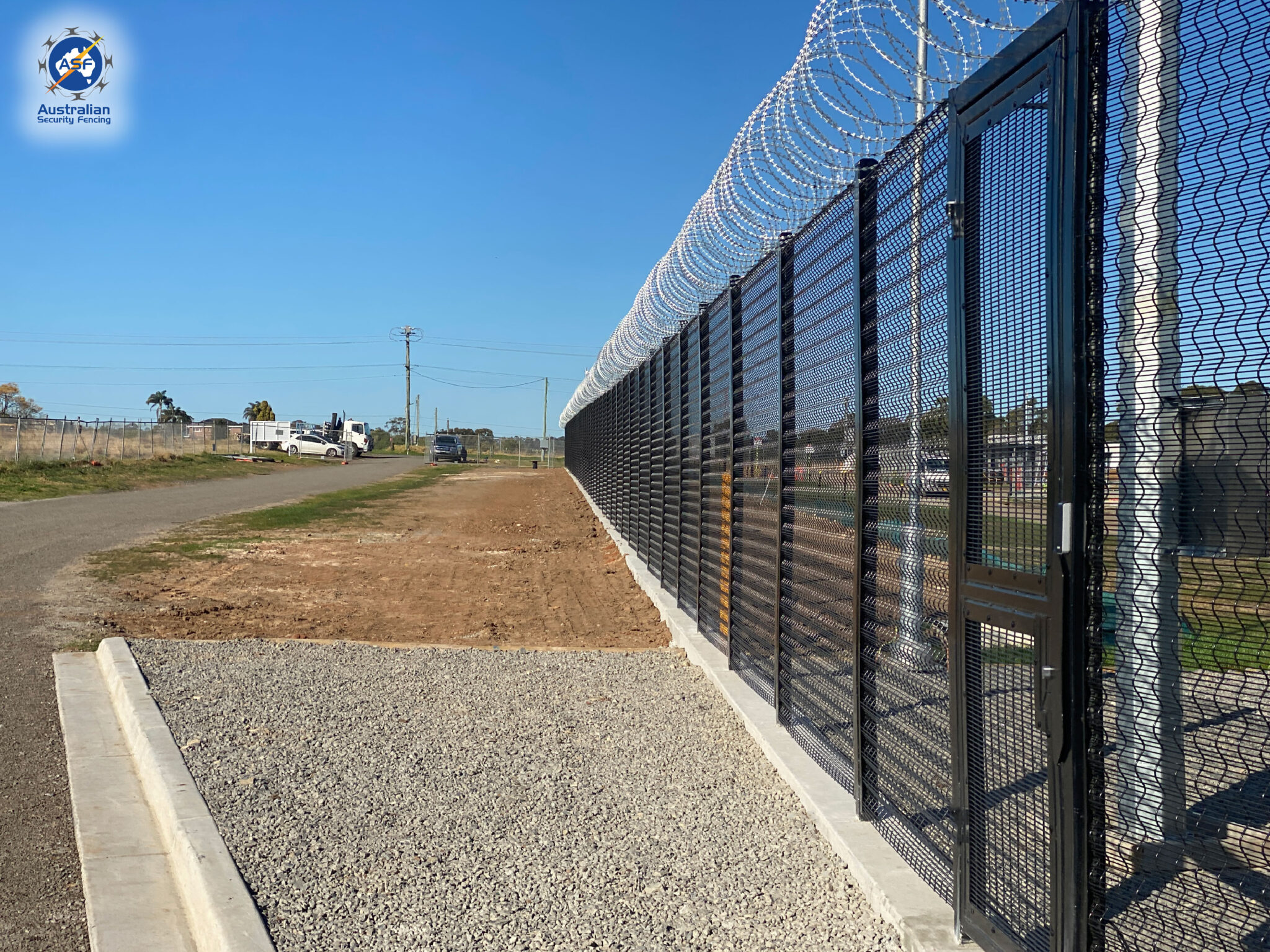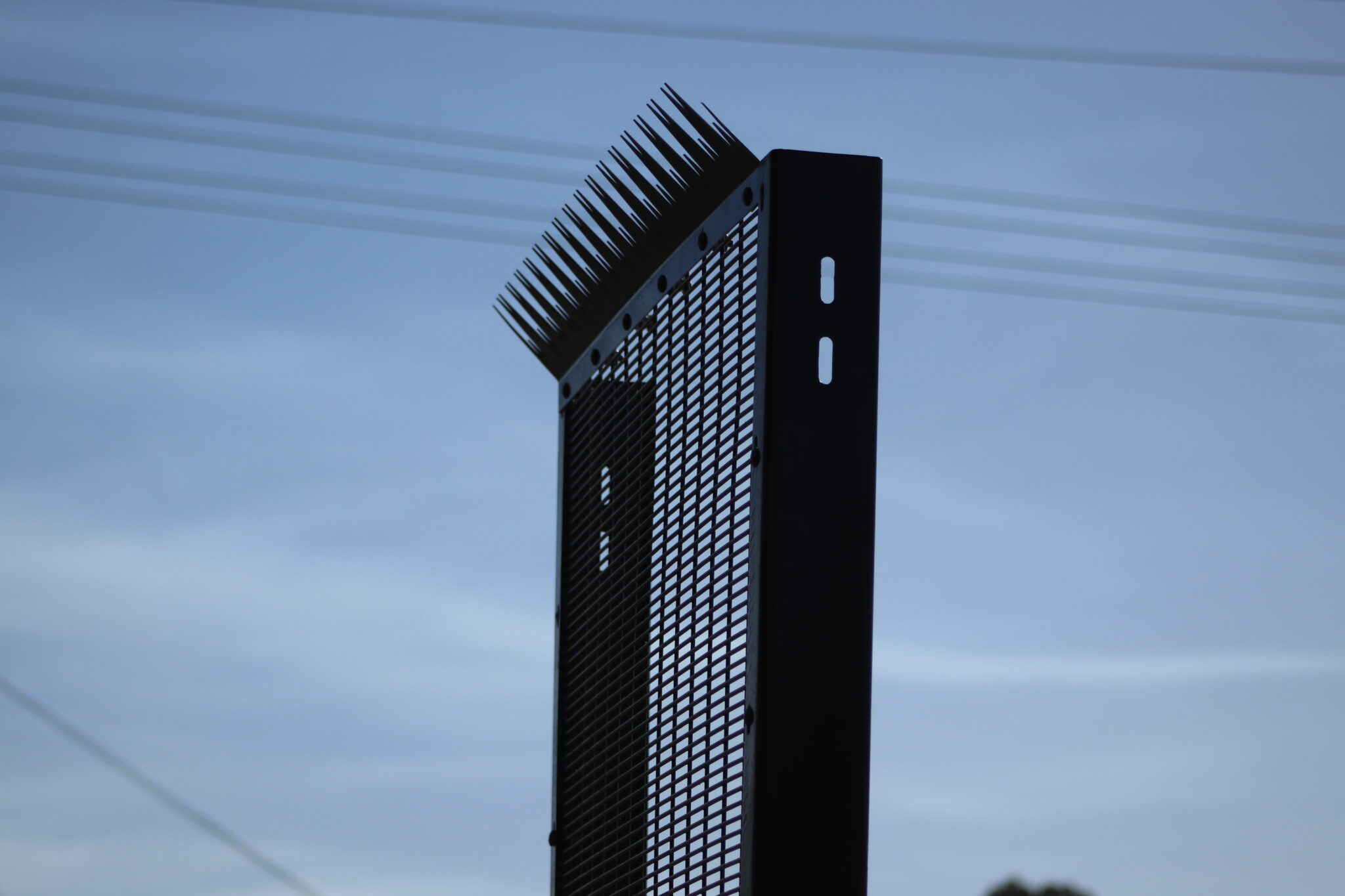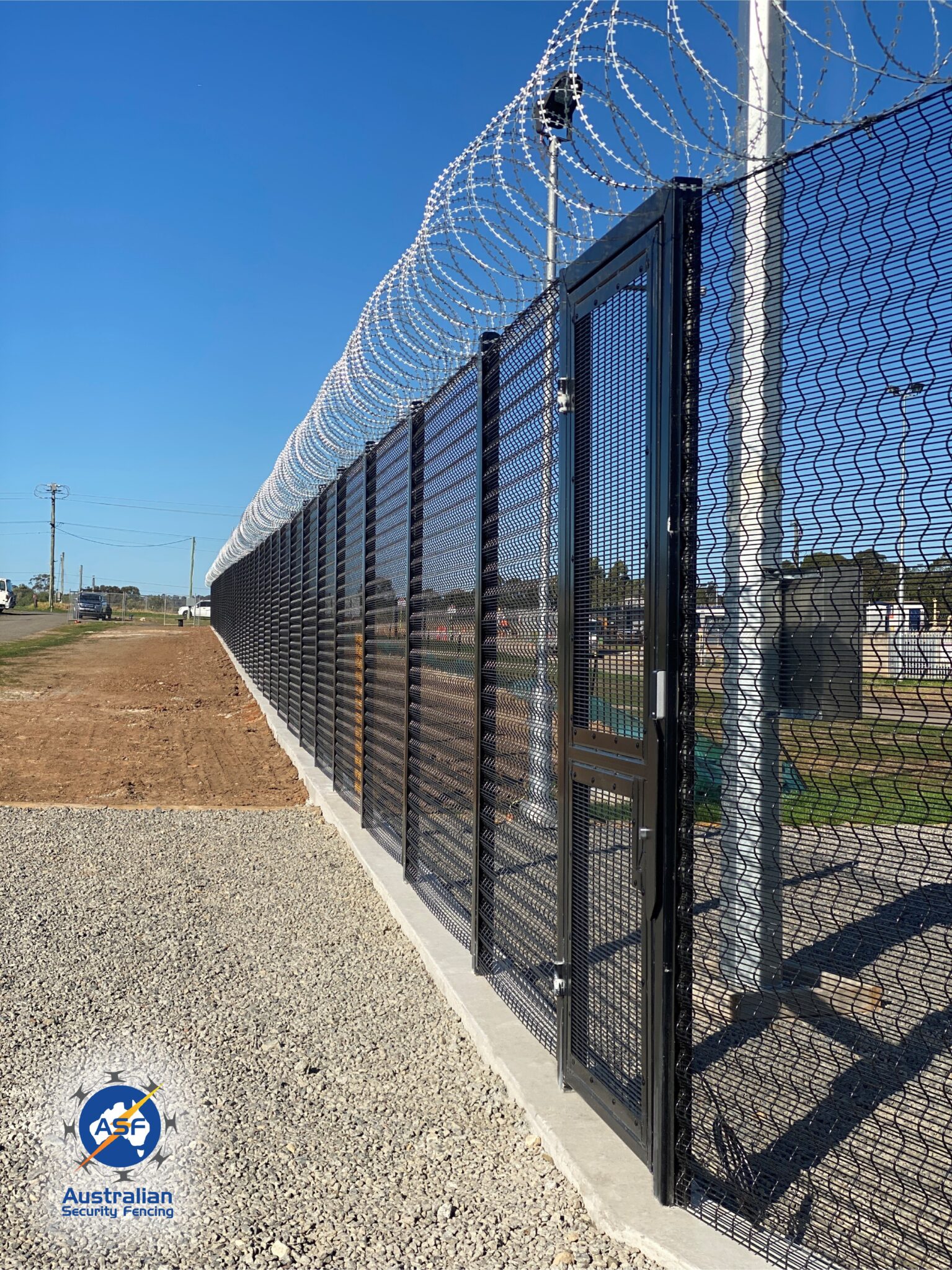Jemena has recently completed construction on the Western Sydney Green Gas Project (WSGGP). The WSGGP…

How to Assess the Structural Integrity of Steel Fencing
Steel fencing is said to be one of the most sturdy and effective types of fencing out there. Most people choose it because of its strength and versatility. Fences are meant to withstand all kinds of weather, intruders, animals. Unfortunately, as time goes on, even the best of steel fencing will begin to decay, and eventually become structurally unsound. While there is a lot you can do to slow this process down, it will happen eventually. It is therefore important that we know how to assess when steel fencing is becoming structurally unstable.
Let’s look at some of the signs and symptoms of a decaying steel fence.
Material Decay
The first, and most obvious signs of a weathered fence are going to be things such as rust, and cracks appearing in the steel itself. Whether that be in the posts, or the fencing. While this may not be cause for immediate concern, it’s definitely a sign that your fence may be becoming structurally unreliable. It may be time to consider repairs or replacements if this is the case.
Misalignment
A fence can become misaligned when the posts or foundations that the fence is built on begin to shift. Often this occurs as the result of long periods of weathering, such as heavy rainfall. Luckily, these sorts of problems are usually quite repairable. Generally this may only require that you do some work to the fence’s foundations. This might mean pouring concrete, or simply replanting the fences posts so that they no longer lean. In some sever cases, the fence itself can be bent and warped, in which case replacement is probably the best option.
Instability
Fence instability is usually caused by consistent weathering, or by damage occurring. Such as; in the case of impact, or many years of use without repair or maintenance. Area’s with wet climates are especially prone to this. If your living in such an area, it’s a good practice to check your fencing regularly to ensure that the bases are sound. If you find that your fencing has become unstable, you may have to reset the foundation. Luckily, as long as the fencing material itself has not been damaged, then you shouldn’t have to replace anything. An unstable fence is important to fix, as over time it can lead to misalignment, and will begin to entirely negate the fences ability to function.
As we can see, there are a lot of different ways that steel fencing can lose its structural integrity. With weathering, especially rain and snow, being the primary causes of decay. It’s important that you do what you can to maintain steel fencing, but it is equally important the you learn to recognize and assess a fences structural integrity. Using the basic guidelines above, you should have no problem making an accurate assessment of the integrity of any fence.



